A moment you hear about the Falafel. Your vegetarian friends can't do without it, and Instagram foodies don't miss an opportunity to show off with these precious meatballs in their hands.
An oriental dish which is experiencing a particular boom, in particular thanks to the success of one of its legendary ambassadors located in the Marais, and also via the recent democratization of vegetarianism among the general public.
But by the way, what is falafel exactly? Definition !
THE Falafel is a Middle Eastern dish consisting of dumplings that are fried, the main ingredients of which are chickpeas and/or broad beans, as well as various spices.
The origins of falafel
Falafel comes from the Middle East. Its exact origin is the subject of heated controversies. But more and more specialists agree that he was born in Egypt. Indeed, a popular theory states that the dish was invented in Egypt around 1,000 years ago by Coptic Christians, who ate it as a replacement for meat during Lent. And from the port city of Alexandria, the recipe would have been exported across the Middle East.
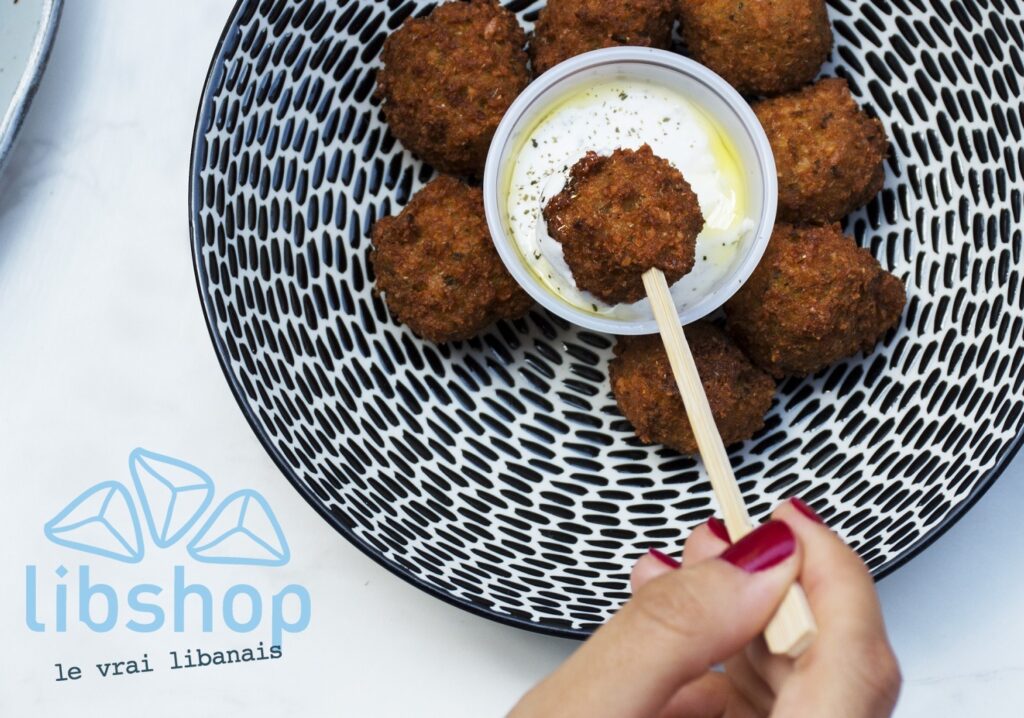
It has also been speculated that falafel may date back to pharaonic Egypt. Other theories suggest it may have originated from the Indian subcontinent, where chickpea foods were rife, notably in Yemen. All these hypotheses have never been proven. And if we do not know its exact origin, everyone agrees that it is a Levantine dish.
Falafel is first mentioned in English literature, in 1941.

Etymologically, the word falafel could come from the term mlaff, meaning "wrapped", because falafel is often eaten in a sandwich. It is also possible that it comes from the Arabic term flayfle, meaning "spice" or "pepper".
How is Falafel eaten?
Falafel can be eaten in dumplings, accompanied by tahina sauce, a sauce based on sesame cream, or a yogurt sauce.
Falafels can also be eaten sandwiches, accompanied by various raw vegetables of your choice (white cabbage, red cabbage, onions, etc…), inside an open pita bread or a pancake rolled up like a wrap.
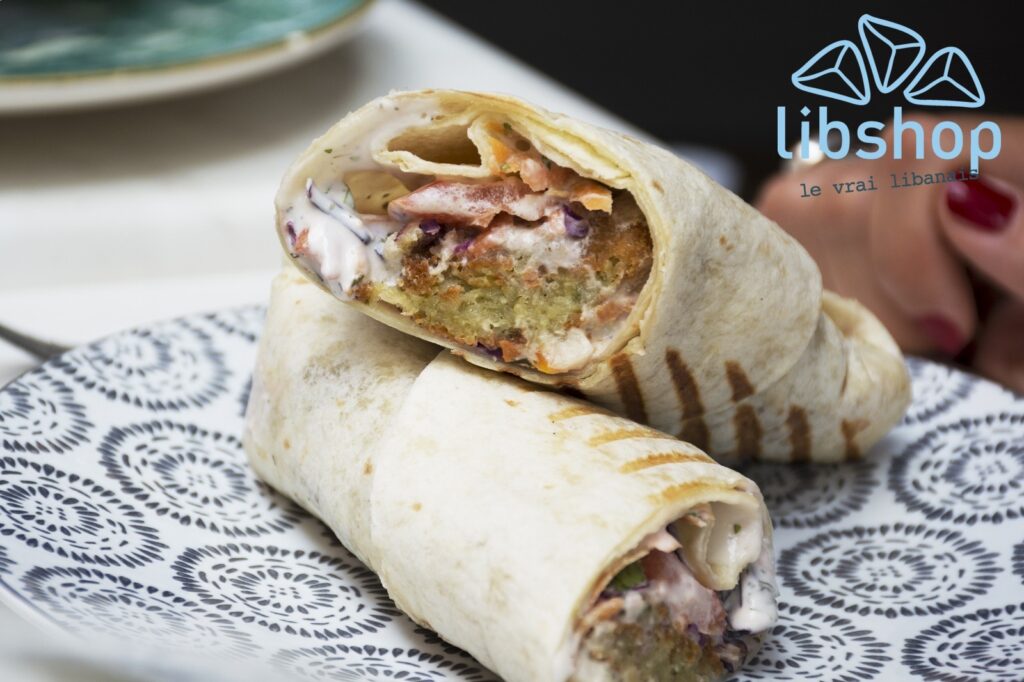
At Libshop, falafel is served in different formats. The best known is the "sandwich" format, in which the raw vegetables and sauces have been revisited by our chef to make it a truly qualitative and nutritious product. It is also found in a “cone” format, served with a tzatziki or tahina sauce. Finally, you can enjoy them as a dish or in a salad.
How did Falafel become popular?
By his side practical and easy to carry, falafel has become a common form of street food and fast food in the Middle East. Then it was integrated into the table of oriental mezes, accompanying the famous hummus and eggplant caviar.
It was eventually popularized in all Middle Eastern countries: Israel, Lebanon, Jordan, Syria, Palestine, Iraq, Iran, Turkey… Until becoming almost a national dish in both Israel and Lebanon.

Then, the falafel conquered the world, via the Jewish, Lebanese, Palestinian diaspora, having in particular as a relay vegetarians, who have made it their favorite veggie sandwich. In North America, it became more popular from the 1970s. In Germany, it was made popular in neighborhoods undergoing gentrification. And of course, in the Middle East, it's a must in street food, to the point that McDonald's served “McFalafel” for a while in its Egyptian restaurants!
What is the falafel recipe?
Several recipes exist and coexist. There is generally the Israeli recipe, the Egyptian recipe, the Lebanese recipe… And the “custom” recipes that the chefs are developing in order to modernize this product.
They can be fried, or baked. But the main ingredients are chickpeas, broad beans, garlic, parsley, coriander, and various spices such as cumin For example.
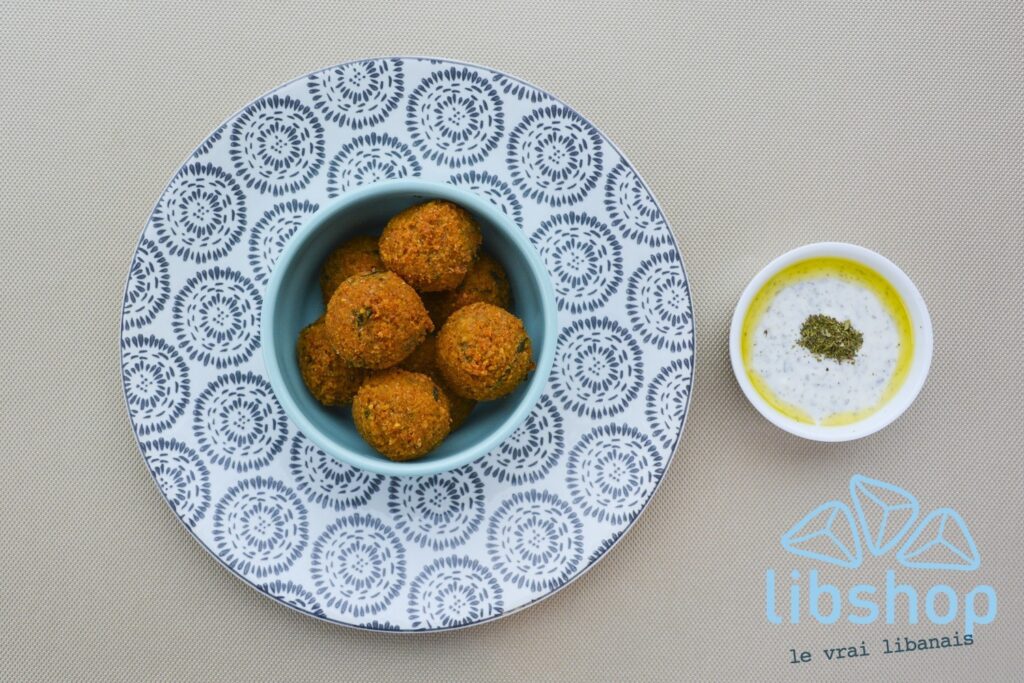
According to the recipes, some remove the beans, and others mix beans and chickpeas in more or less unequal proportions. Finally, some bring a greater touch of herbs and aromas, which tends to make the falafels more or less green, or more or less yellow inside.
As for us, you guessed it, we personalized the falafel recipe to make it a unique product with an inimitable taste.
Is Falafel really vegetarian / vegan?
The peculiarity of Falafel is precisely that it is a dumpling 100% vegan. You can taste the falafel with their tahina sauce, cream of sesame, which is also 100% vegetable !
Be careful, however, if you dip falafel in tzatziki, the latter will contain milk, unlike the tahina sauce. Your meal will then be vegetarian and not vegan.
You can nevertheless enjoy them with hummus or eggplant caviar, which are mezes 100% vegans, that is to say without any dairy product.
Is Falafel gluten free?
THE Falafel is a product that does not contain no gluten. Chickpeas and broad beans are legumes that you will need to rehydrate overnight before cooking. A tedious process but worth the detour as the result is delicious and nutritious! And which will delight people who do not wish to eat gluten!
Is falafel good for your health?
Falafel contains about 325 calories per 100 grams. It is made up of 35% of water, 30% of carbohydrates, 15% of protein and about 20% of the rest – which may include low fat as well as vitamins and minerals. These are calcium, iron, magnesium, phosphorus, potassium, zinc, copper, manganese, vitamin C, thiamin, pantothenic acid, vitamin B and folate.
Phytochemicals include beta-carotene. Falafel is high in soluble fiber, which has been shown to lower blood cholesterol.
When fried, falafels contain relatively little fat and as they are generally eaten with salad and raw vegetables, they are both healthy and satisfying.
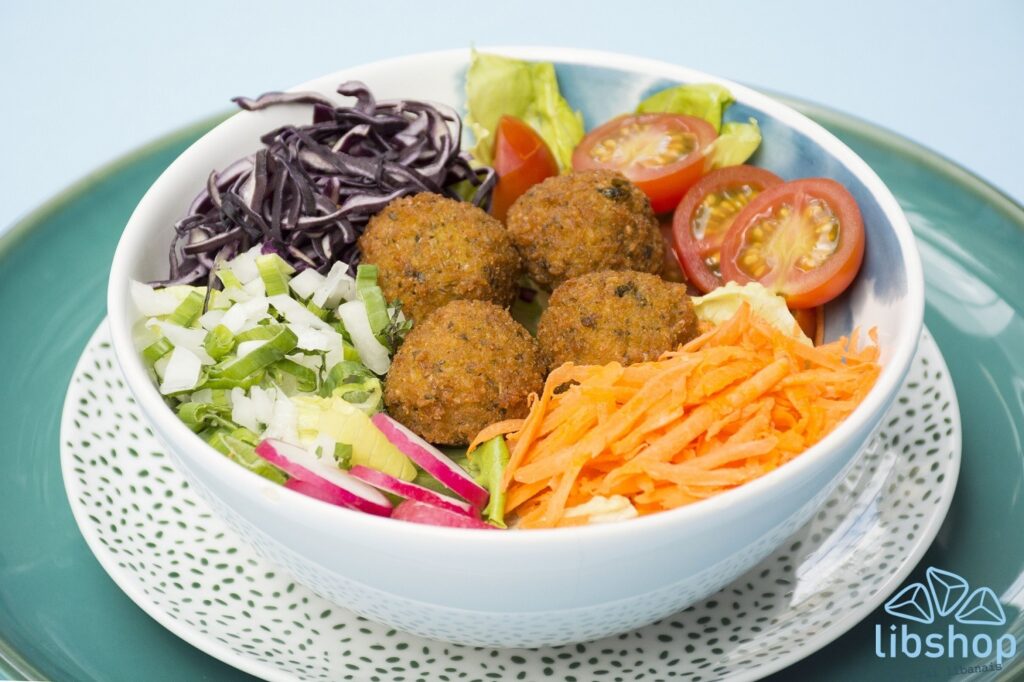
In sandwiches, bread adds a less “healthy” note. This is why, at Libshop, we have opted for fine bread so that the meal consists of more raw vegetables and falafels than bread! And for the more cautious, they can always find our falafels in "salad" format 🙂
If you liked this article, feel free to comment and share it!
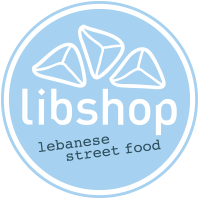


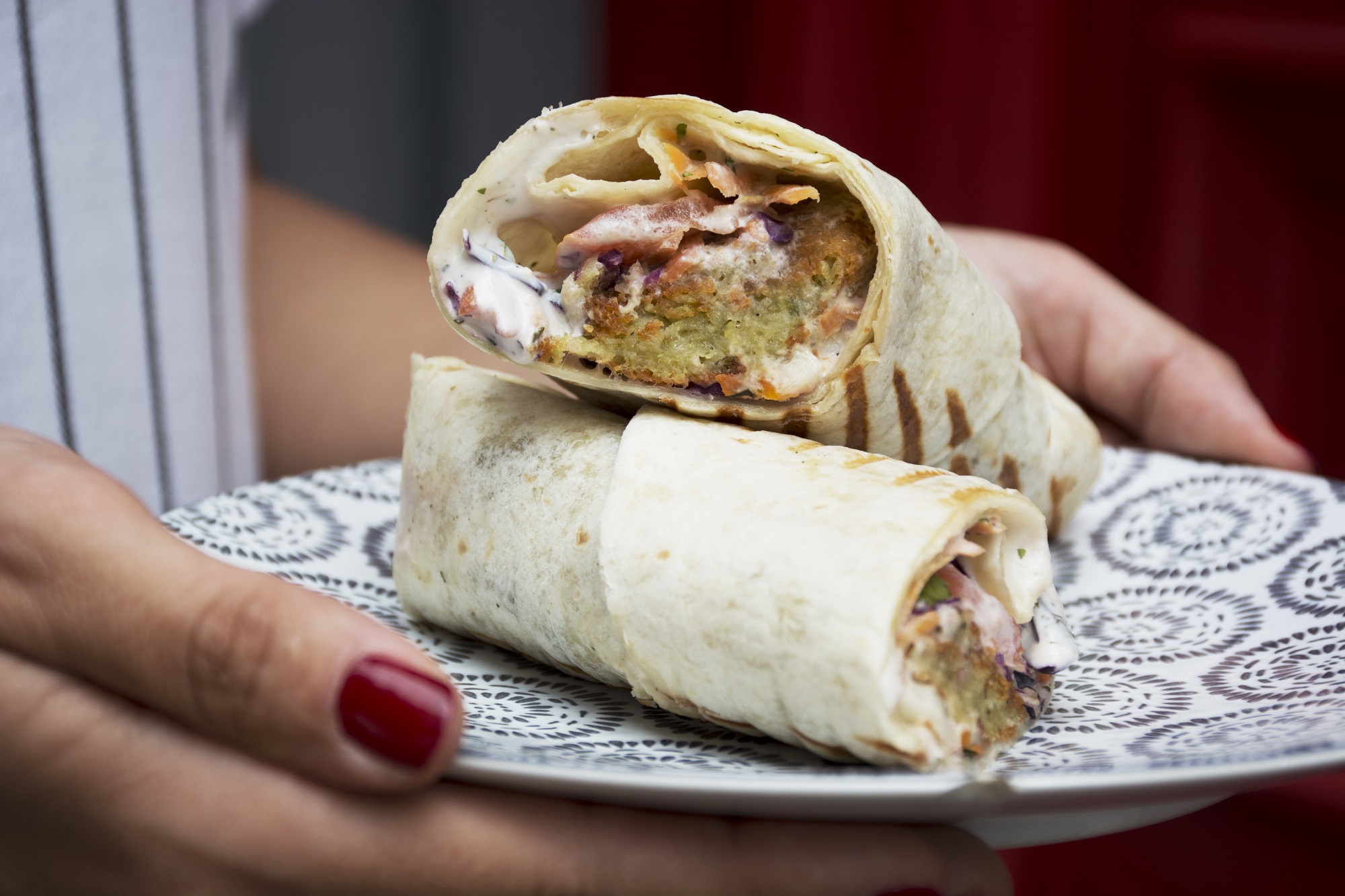


4 Responses
Very informative web page on the transparency of falafel and its good properties. I wouldn't hesitate to stop there for lunch the next time I see a restaurant that offers it! Thank you
Thanks for providing such a delicious recipe.
Thank you for this very informative and comprehensive article on falafels. Best wishes.
Ich werde morgen Falafel essen allerdings MIT Tzatziki..